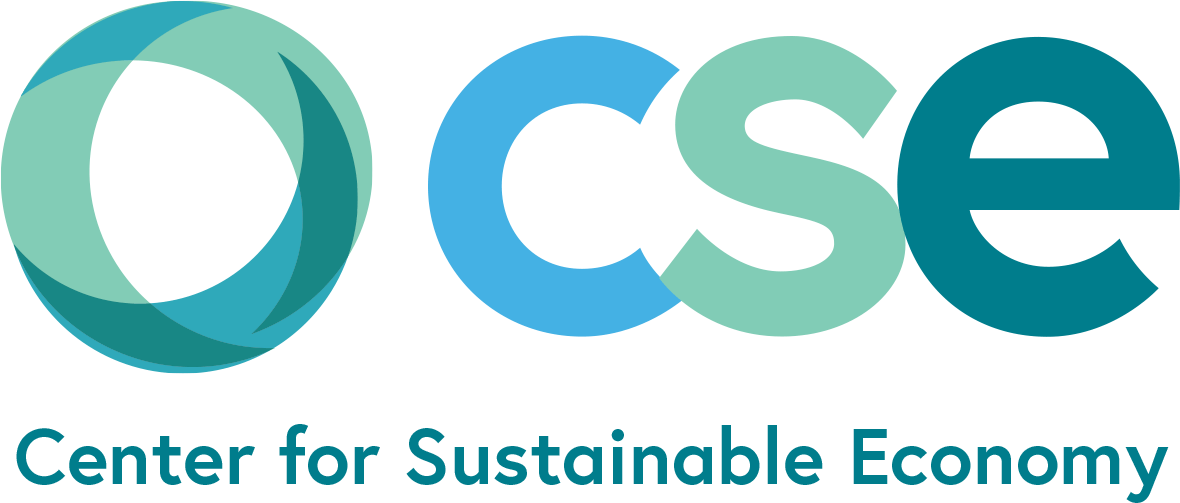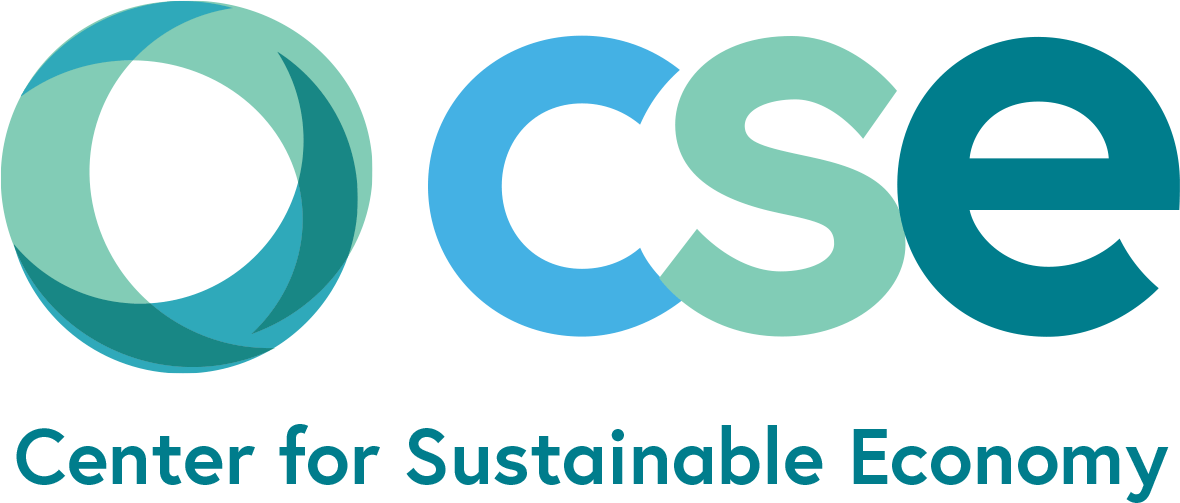Front Range Green vs. Gray Analysis
John Talberth, Bryan Bird, Todd Gartner and James Mulligan • Dec 05, 2013
Center for Sustainable Economy (CSE) and World Resources Institute (WRI) have partnered with the Center for Collaborative Conservation at Colorado State University to investigate the potential cost savings associated with investments in green infrastructure solutions to water quality issues in the Cache la Poudre and Big Thompson Watersheds of Colorado’s Front Range. In recent years, and especially in the wake of the destructive High Park Fire, concerns over the potential costs of catastrophic forest fires on drinking water supplies have spurred interest in investigating the potential economic benefits of green infrastructure solutions in the upper portions of each watershed that could reduce fire risk and restore watershed conditions. Meanwhile, at lower elevations near the cities, population growth coupled with new water quality regulations for nutrient pollution have generated interest in green infrastructure solutions that would obviate the need for expensive wastewater treatment upgrades and generate payments to farmers and ranchers who implemented best management practices.
Our analysis provides a preliminary Phase I assessment of cost-savings potential associated with green infrastructure options in both the upper and lower watershed areas. In the upper watersheds, we found that investment in a portfolio of ecologically based thinning, prescribed fire, forest restoration, fuel breaks and road decommissioning that include both expenditures by public agencies and payments to private landowners would reduce the risk of fire and reduce the costs of fires that do occur. Over a 20-year period, investing in an ambitious portfolio of these green infrastructure options could generate up to $320 million in savings after taking costs of implementation into account. In the lower watersheds, an assessment of nutrient reduction potential from cropland and grazing lands upstream from each city indicates that utilities in Fort Collins and Greeley could benefit from investing in best management practices in order to obviate the need for wastewater treatment plant upgrades. Investments in green infrastructure could represent a cost savings of over $15.4 million over a 20-year period. The magnitude of these potential cost savings warrants a closer look in a more detailed Phase II analysis.
Read:
Share Post
All Rights Reserved | Center for Sustainable Economy


